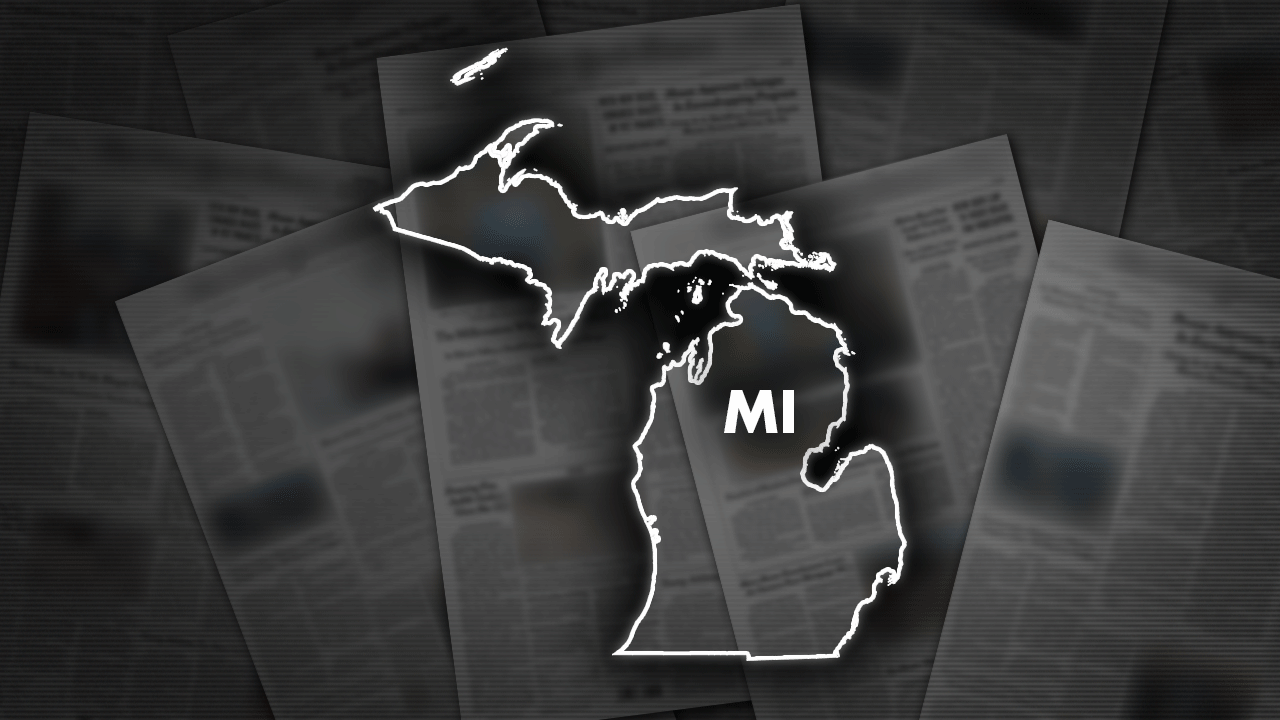Alaska
Roadblocks and speed limits: Geoscientists study Alaska’s Denali fault
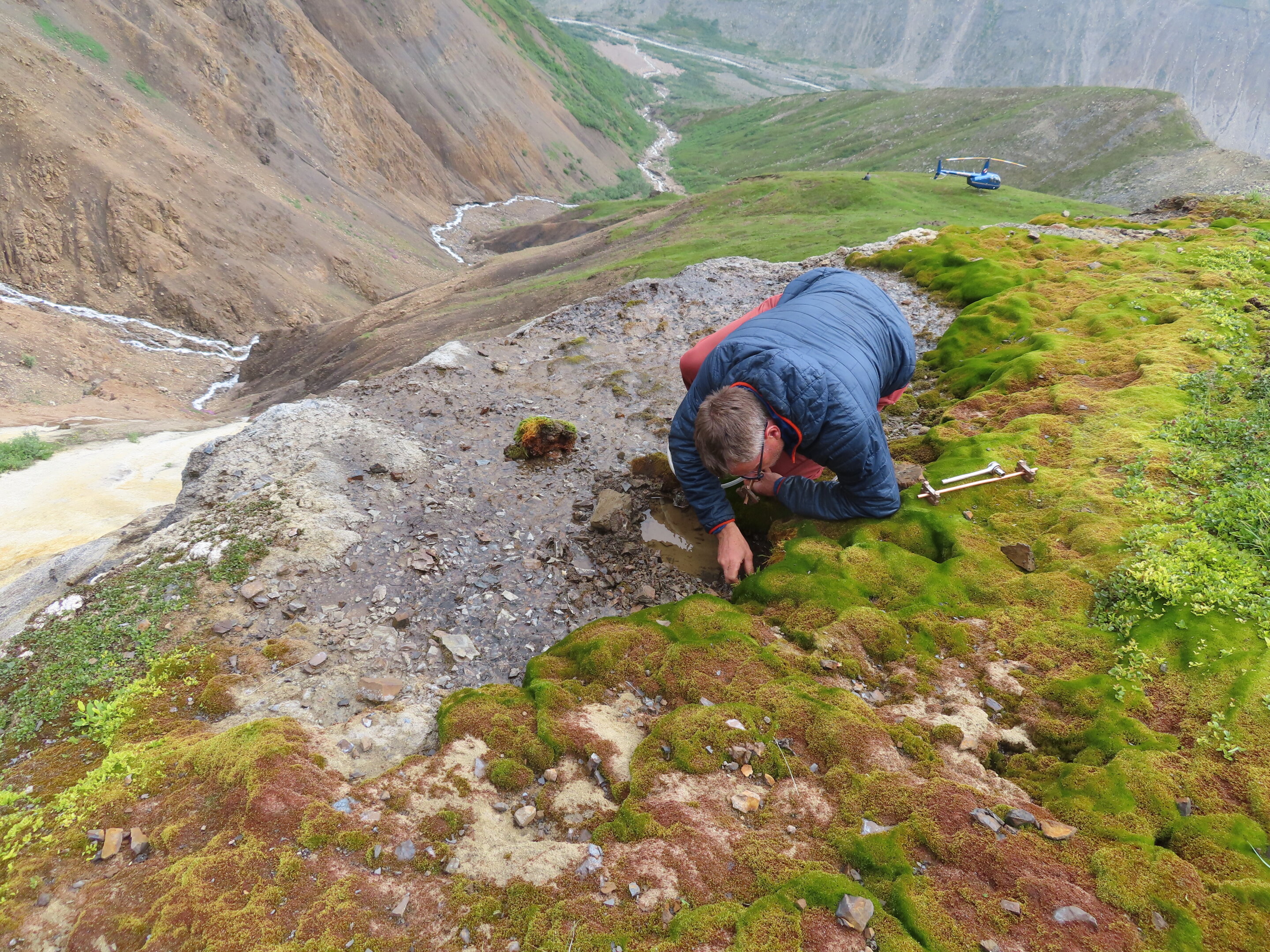
The 1,200-mile-long Denali Fault stretches in an upward arc from southwestern Alaska and the Bering Sea eastward to western Canada’s Yukon Territory and British Columbia. The long-lived and active strike-slip fault system, which slices through Denali National Park and Preserve, is responsible for the formation of the Alaska Range.
“It’s a big, sweeping fault and the source of a magnitude 7.9 earthquake in 2002, that ruptured more than 200 miles of the Denali Fault, along with the Totschunda Fault to the east, causing significant damage to remote villages and central Alaska’s infrastructure,” says Utah State University geochemist Dennis Newell.
Understanding the restless fault’s mantle-to-crust connections provides critical information for understanding the lithospheric-scale fault’s seismic cycle, says Newell, associate professor in USU’s Department of Geosciences.
He and colleagues Jeff Benowitz, an Alaska-based geochronologist, Sean Regan of the University of Alaska Fairbanks, and doctoral candidate Coleman Hiett of USU, collected and analyzed helium and carbon isotopic data from springs along a nearly 250-mile segment of the fault and published their findings, “Roadblocks and Speed Limits: Mantle-to-Surface Volatile Flux in the Lithospheric Scale Denali Fault, Alaska,” in Geology.
“Active strike-slip faults like Denali have three-dimensional geometries with possible deep conduit connections below the Earth’s surface,” Newell says. “But we don’t know much about how and if these connections are maintained.”
To examine these possible deep connections, Newell and Regan sampled 12 springs along the Denali and Totschunda Faults, by way of helicopter and on foot, to the remote, mountainous regions of Alaska’s interior.
“Helium-3, a rare isotope of helium gas, in springs is a good indicator of whether or not an area has a connection to the Earth’s mantle,” Newell says. “Warm, bubbling springs west of the 2002 earthquake rupture, along the Cantwell segment of the Denali Fault, have a strong helium-3 signature, indicating intact connections to the mantle. In contrast, springs along the ruptured fault segment only have atmospheric gases, suggesting a ‘roadblock’ preventing the flow of mantle helium to the surface.”
These observations, he says, have implications for how groundwater pathways along the fault are changed by earthquakes, and the timescales on which they heal.
“The last major earthquake on the Cantwell segment was 400 years ago, and the helium data suggest those mantel connections have been reestablished,” Newell says. “These bubbling springs are indicative of the possibility of a future large destructive earthquake along the Denali Fault segment near Denali National Park, which receives some 600,000 visitors each summer.”
The geoscientists also seek data on how fast helium can move from the mantle to the crust along active faults.
“That’s the ‘speed limit’ part of our research,” Newell says. “This is important as it reveals mantle-to-surface volatile flux and how fluid pressure gradients may impact fault strength and seismicity along the fault.”
The fault’s mantle fluid flow rates fall in the range observed for the world’s other major and active strike-slip faults that form plate boundaries, he says, including California’s San Andreas Fault and Turkey’s North Anatolian Fault Zone. These types of faults host large, devastating earthquakes, such as February 2023’s deadly earthquake on the East Anatolia Fault, which caused widespread destruction in Turkey and Syria.
“Quantifying crust-to-mantle connections along major strike-slip faults is critical for understanding linkages between deep fluid flow, seismicity and fault healing,” Newell says.
More information:
Dennis L. Newell et al, Roadblocks and speed limits: Mantle-to-surface volatile flux through the lithospheric-scale Denali fault, Alaska, Geology (2023). DOI: 10.1130/G51068.1
Provided by
Utah State University
Citation:
Roadblocks and speed limits: Geoscientists study Alaska’s Denali fault (2023, June 6)
retrieved 6 June 2023
from https://phys.org/news/2023-06-roadblocks-limits-geoscientists-alaska-denali.html
This document is subject to copyright. Apart from any fair dealing for the purpose of private study or research, no
part may be reproduced without the written permission. The content is provided for information purposes only.

Alaska
Biden administration limits gas and oil drilling in Alaska – Washington Examiner
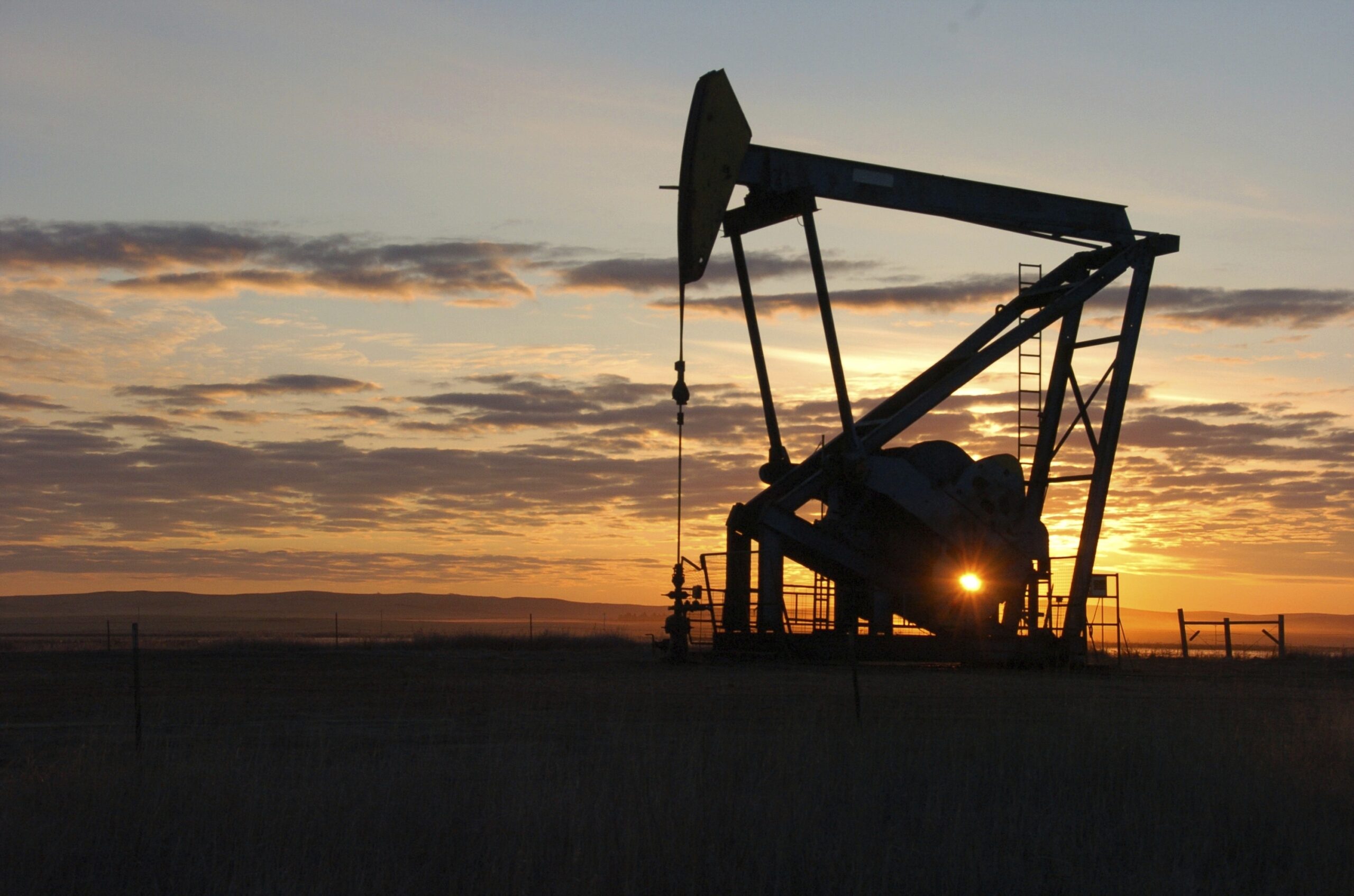
The Interior Department released a new regulation Friday that will affect 13 million acres in Alaska, prohibiting drilling for oil on the land.
The Management and Protection of the National Petroleum Reserve in Alaska rule will affect 40% of Alaska’s reserve, as 10.6 million acres will be completely protected by the Bureau of Land Management while the remaining amount will have limited protection. According to the Interior Department, this area is a “globally significant intact habitat for wildlife, including grizzly and polar bears, caribou and hundreds of thousands of migratory birds.”
President Joe Biden expressed his pleasure in the regulation in a statement Friday, saying he is “proud” of the conservation effort.
“From safeguarding sacred lands near the Grand Canyon to protecting Alaskan treasures, my Administration has conserved more than 41 million acres of lands and waters,” Biden’s statement read. “But as the climate crisis imperils communities across the country, more must be done. My Administration will continue to take ambitious action to meet the urgency of the climate crisis, protect America’s lands and waters, and fulfill our responsibility to the next generation of Americans.”
“There is no question, using the best available science and incorporating Indigenous Knowledge practiced over millennia, that these decisions will help biological, cultural, historic and subsistence resources, safeguarding the way of life for the Indigenous people who have called this special place home since time immemorial,” Interior Secretary Deb Haaland said in a statement.
Additionally, the Bureau of Land Management issued its own ruling on a road some 211 miles long in north central Alaska to establish the Ambler Mining District. This road, which would result in mining copper, zinc, cobalt, and other minerals, could, per the department, “irrevocably impact resources, including those supporting important subsistence uses, in ways that cannot be adequately mitigated.”
“We are deeply disappointed by the Bureau of Land Management’s politically motivated decision to block construction of the Ambler Access Project,” Ambler Metals Managing Director Kaleb Froehlich said in a statement. “In doing so, the Department of the Interior is depriving Alaska Native communities of thousands of good-paying jobs and millions of dollars of badly needed tax revenues and economic investment, as well as preventing the United States from developing a domestic supply of minerals that are critical for clean energy technology and national security.”
CLICK HERE TO READ MORE FROM THE WASHINGTON EXAMINER
Amber Metals cited support from First Chief of the Allakaket Tribal Council PJ Simon and the area’s assemblyman, Miles Cleveland.
Alaska’s North Slope contains six of the 100 largest oil fields in the United States. The state was sixth in oil production last year, producing 426,000 barrels per day.
Alaska
Biden administration blocks Ambler Road, strengthens protections for NPR-A
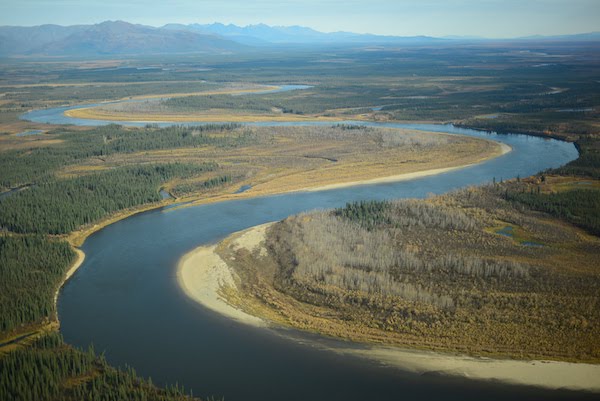
The U.S. Interior Department on Friday essentially rejected the Alaska Industrial Development and Export Authority’s proposal to build the Ambler Road, a 211-mile industrial road that would have cut through Gates of the Arctic National Park and Preserve to access copper and zinc deposits in Northwest Alaska.
The Interior’s Bureau of Land Management chose a “no action” option in its environmental analysis, effectively ensuring AIDEA would not receive a right-of-way to build the road across federal lands. The Biden administration said the road, also known as the Ambler Access Project, would cause irreparable damage to wildlife including caribou, which many local people rely on for food.
The administration also announced stronger protections for 13 million acres inside the National Petroleum Reserve-Alaska, a vast swath of oil-rich — but environmentally sensitive — federal land in the Arctic.
Both Alaska senators, Republicans Dan Sullivan and Lisa Murkowski expressed outrage even before the decisions were formally announced. They said the decisions hamper the state’s economy and domestic resource development.
“It’s more than a one-two punch to Alaska. When you take off access to our resources, when you say you cannot drill, you cannot produce, you cannot explore,” said Murkowski in a press conference on Thursday. “This is the energy insecurity that we’re talking about.”
Environmentalists and some Indigenous rights groups meanwhile, applauded the decisions.
“The regulations announced today will benefit the Western Arctic’s wildlife and subsistence resources and the Indigenous communities that depend on them, as well as provide greater resilience against climate change,” said Meda DeWitt, the Wilderness Society’s interim state director. “This rule is good news for everyone who cares about America’s public lands.”
RELATED: Murkowski and Sullivan rail at federal moves to block Ambler Road and preserve parts of NPR-A

Alaska
Biden administration restricts oil and gas leasing in 13 million acres of Alaska's petroleum reserve

JUNEAU, Alaska — The Biden administration said Friday it will restrict new oil and gas leasing on 13 million acres (5.3 million hectares) of a federal petroleum reserve in Alaska to help protect wildlife such as caribou and polar bears as the Arctic continues to warm.
The decision — part of an ongoing, yearslong fight over whether and how to develop the vast oil resources in the state — finalizes protections first proposed last year as the Biden administration prepared to approve the controversial Willow oil project.
The approval of Willow drew fury from environmentalists, who said the large oil project violated Biden’s pledge to combat climate change. Friday’s decision also cements an earlier plan that called for closing nearly half the reserve to oil and gas leasing.
A group of Republican lawmakers, led by Alaska U.S. Sen. Dan Sullivan, jumped out ahead of Friday’s announcement about drilling limitations in the National Petroleum-Reserve Alaska even before it was publicly announced. Sullivan called it an “illegal” attack on the state’s economic lifeblood, and predicted lawsuits.
“It’s more than a one-two punch to Alaska, because when you take off access to our resources, when you say you cannot drill, you cannot produce, you cannot explore, you cannot move it — this is the energy insecurity that we’re talking about,” Alaska Republican Sen. Lisa Murkowski said.
The decision by the Interior Department doesn’t change the terms of existing leases in the reserve or affect currently authorized operations, including Willow.
In an olive branch to environmentalists, the Biden administration also Friday recommended the rejection of a state corporation’s application related to a proposed 210-mile (338-kilometer) road in the northwest part of the state to allow mining of critical mineral deposits, including including copper, cobalt, zinc, silver and gold. There are no mining proposals or current mines in the area, however, and the proposed funding model for the Ambler Road project is speculative, the Interior Department said in a statement.
In this undated photo provided by the United States Geological Survey, permafrost forms a grid-like pattern in the National Petroleum Reserve-Alaska, managed by the Bureau of Land Management on Alaska’s North Slope. Credit: AP/David W. Houseknecht
Sullivan accused the administration of undermining U.S. national security interests with both decisions. Alaska political leaders have long accused the Biden administration of harming the state with decisions limiting the development of oil and gas, minerals and timber.
President “Joe Biden is fine with our adversaries producing energy and dominating the world’s critical minerals while shutting down our own in America, as long as the far-left radicals he feels are key to his reelection are satisfied,” Sullivan said Thursday at a Capitol news conference with 10 other GOP senators. “What a dangerous world this president has created.”
Biden defended his decision regarding the petroleum reserve.
Alaska’s “majestic and rugged lands and waters are among the most remarkable and healthy landscapes in the world,” are critical to Alaska Native communities and “demand our protection,” he said in a statement.
Nagruk Harcharek, president of Voice of the Arctic Iñupiat, a group whose members include leaders from across much of Alaska’s North Slope region, has been critical of the administration’s approach. The group’s board of directors previously passed a resolution opposing the administration’s plans for the reserve.
The petroleum reserve — about 100 miles (161 kilometers) west of the Arctic National Wildlife Refuge — is home to caribou and polar bears and provides habitat for millions of migrating birds. It was set aside around a century ago as an emergency oil source for the U.S. Navy, but since the 1970s has been overseen by the U.S. Interior Department. There has been ongoing, longstanding debate over where development should occur.
Most existing leases in the petroleum reserve are clustered in an area that’s considered to have high development potential, according to the U.S. Bureau of Land Management, which falls under the Interior Department. The development potential in other parts of the reserve is lower, the agency said.
The rules announced Friday would place restrictions on future leasing and industrial development in areas designated as special for their wildlife, subsistence or other values and call for the agency to evaluate regularly whether to designate new special areas or bolster protections in those areas. The agency cited as a rationale the rapidly changing conditions in the Arctic due to climate change, including melting permafrost and changes in plant life and wildlife corridors.
Environmentalists were pleased.
“This huge, wild place will be able to remain wild,” Ellen Montgomery of Environment America Research & Policy Center said.
Jeremy Lieb, an attorney with Earthjustice, said the administration had taken an important step to protect the climate with the latest decision. Earthjustice is involved in litigation currently before a federal appeals court that seeks to overturn Willow’s approval.
A decision in that case is pending.
-

 News1 week ago
News1 week agoSee Maps of Where Eclipse Seekers Flocked and the Traffic That Followed
-

 Politics1 week ago
Politics1 week agoWhat to know about the Arizona Supreme Court's reinstatement of an 1864 near-total abortion ban
-

 News1 week ago
News1 week agoVideo: Biden Hosts Japan’s Prime Minister at the White House
-

 Politics1 week ago
Politics1 week agoHouse Republicans blast 'cry wolf' conservatives who tanked FISA renewal bill
-

 World1 week ago
World1 week agoRomania bans gambling in small towns
-

 Politics1 week ago
Politics1 week agoKentucky governor vetoes sweeping criminal justice bill, says it would hike incarceration costs
-
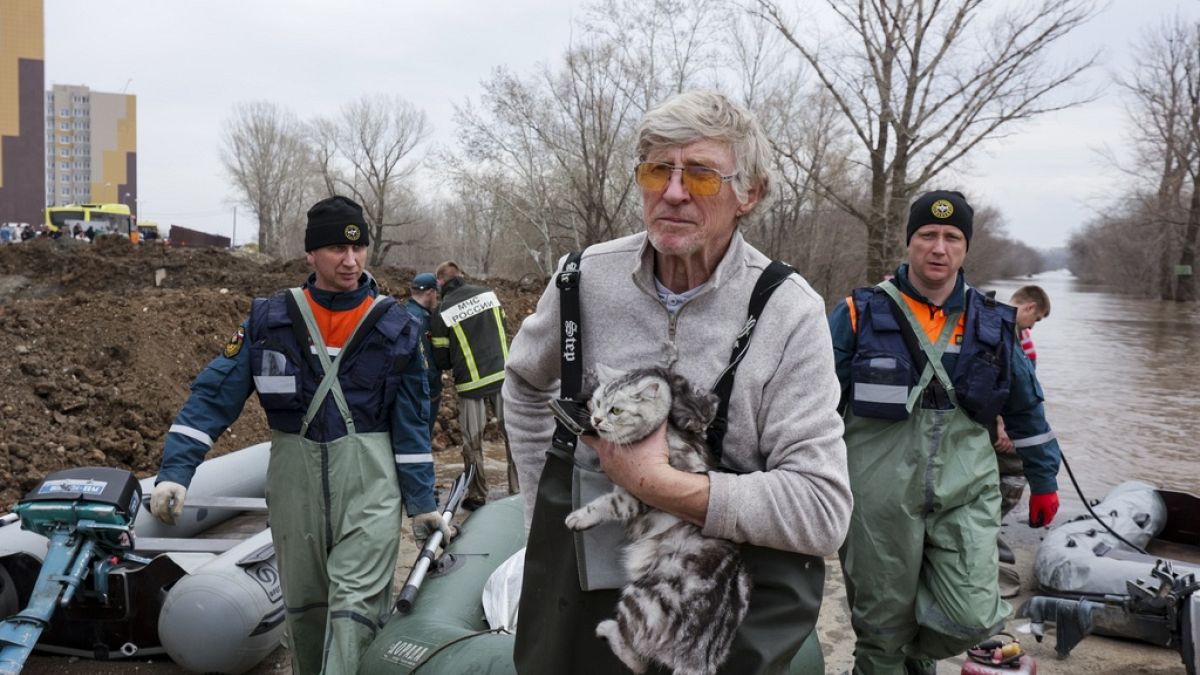
 World1 week ago
World1 week ago'Very tense' situation as floods in Russia see thousands evacuated
-

 News1 week ago
News1 week agoArizona says century-old abortion ban can be enforced; EPA limits 'forever chemicals'













